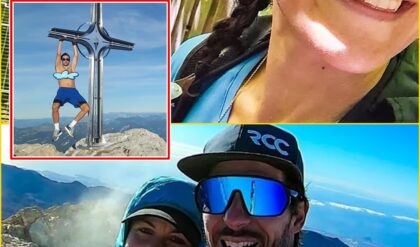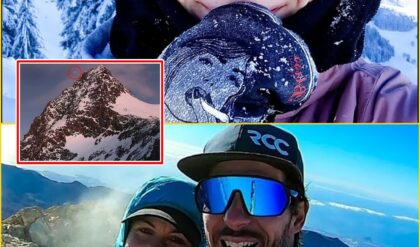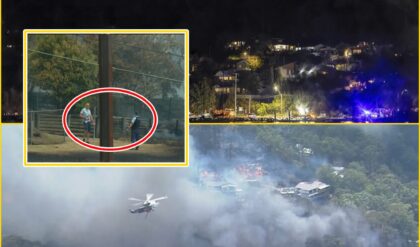
Courtesy of Netflix
Netflix’s “Adolescence” is a four-part limited series that uses one continuous shot per episode to create intense emotion as it follows 13-year-old schoolboy Jamie Miller, played by newcomer Owen Cooper, who is arrested on the suspicion of murdering his classmate.
The action unfolds in real time, from the police conducting an early morning raid, taking him in for questioning and interrogating him to finding out what really happened to his classmate, and did he do it? Cinematographer Matthew Lewis worked with Philip Barantini to deliver the director’s signature one-shot style throughout the four episodes. That meant no invisible edits. Lewis confirmed with Variety, “There’s no stitching of takes together. It was one entire shot, whether I wanted it to be or not.”
:max_bytes(150000):strip_icc()/adolescence-032525-tout-5bf1e6be1b8343ca88ab3666d3fd0d1b.jpg)
Lewis and Barantini shot everything as one continuous scene to create a feeling of tension and nervousness as the story, and Jamie’s intentions, reveal themselves.
Collaboration, finding the right locations and finding the right camera gear were all key to pulling it off. Here Lewis breaks down his prep process, how he did it, and which mess-ups occurred.
What goes into the prep process to pull something like this off?
It came down to “Does the script work in its entirety for this format?” It’s so specific, and you don’t want to force something into working. Our writer Jack Thorne was super collaborative and wanted to know where it didn’t work. Phil or I would email him and say, “The camera travels too far by itself, and we need motivation to get from here to here.” He would write additional moments. During rehearsals, he would be rewriting stuff and coming up with ideas. I think it was a unique challenge for him once he knew that we weren’t mental and that we were going to do a good job with his script.
The show was shot chronologically, but let’s start with the police raid, how did you plan for that continuous shot out where you’re moving into the house, into the bedroom, out into the car, and eventually the police station?

It’s a lot of planning. You can’t do a shot list, so we didn’t have one. We mapped the area we were using and looked at how the camera would move within it, and we rehearsed it like a dance, between me and the cast. But even before that, Phil and l were looking for locations, and once we had that, we’d plot the route and move all the puzzle pieces until it made sense. The biggest challenge was how to go from a real house to a fake police station. So, we had to find a studio near suburban homes, and we eventually found an area in South Kirkby, Yorkshire.

I didn’t want it to be handheld, and Phil agreed. I was concerned that four hours long would just be nauseating. In a small environment, like a kitchen, it worked, but traveling around and moving up and down long corridors, you’d feel every footstep, and it would feel like a documentary.
The other challenge was what do we shoot it on? If a person is holding a camera, they need to hold it for an hour. It needs to not be super heavy.
We tested the Ronin gimbals and shot on the DJI Ronin 4D. It had its limitations, but in the ways we needed it to work: being a small gimbal that you could pass between operators, one that you can hold out in front of you without having to attach it to a person, and at the click of a button, you can go handheld, or click it onto a drone.
How did you navigate shooting episode 2 as a continuous one-shot going through the school and working with the school kids?
It was an absolute nightmare. All of the kids are from the school we were filming in. The AD did a fantastic job of coordinating their movements. Every teacher was an AD, when the camera wasn’t pointing at them, they were ushering people through.
From a crowd perspective, it was very ambitious, but the kids were game for making it work.
From a technical standpoint, the video team connected 10 or 12 receivers around the school that all fed back to a main video village. That meant that there was always a signal. They would select the strongest signal and switch between the different inputs so the director and the AD could see an image the whole time – and we’re covering a really large area, including going up a road. In all the episodes, the boom operators are always over my shoulder, or Lee’s shoulder, my other operator, so they’re also learning the dance. They’ve got people hidden behind walls and everywhere you can imagine. The blocking couldn’t change so we knew exactly where we were looking. It was never any guesswork. There are very few moments that could stray from the path.
At the end of the school episode, we connected to a drone, which flies away, and we land again at a car park. It was a last-minute request from the execs. We were originally going to take off and fly and stay up in the air, but they thought it would be a nice beat to go back and find Stephen Graham at the end of the scene, so we had a couple of days to work that out, but we got it.


